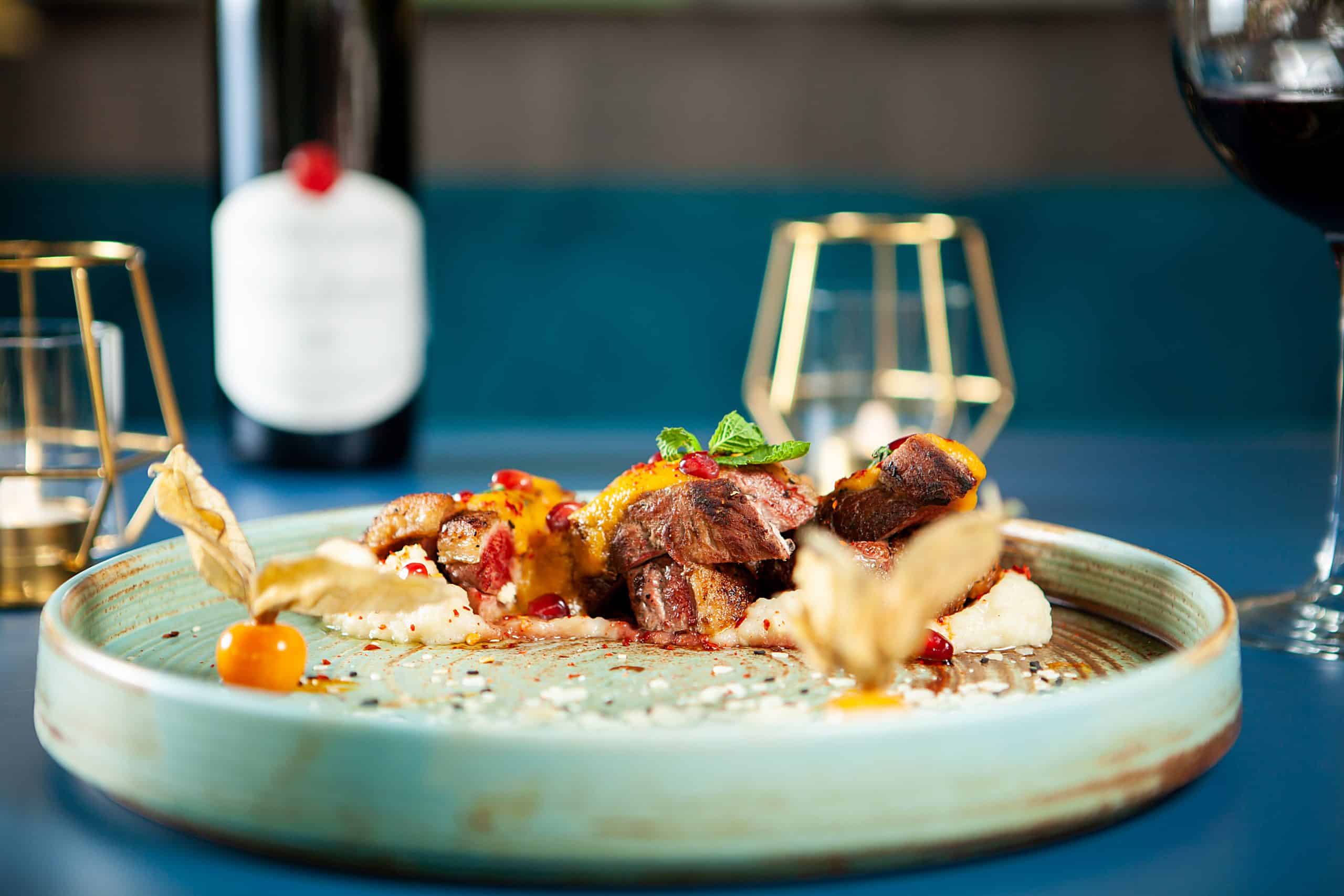What’s the Secret Behind Crafting the Ultimate French Macaron?

Macarons. Those small, delicate, and oh-so-delectable treats that you’d swear were a gift from the baking gods themselves. Made from the simplest of ingredients, their complexity lies not in what they’re made of, but how they’re made. How do you achieve that perfect shell? That right amount of chewiness? That satisfying ‘pop’ when you bite into one? Today, we’re going to unravel the mystery and reveal the secrets behind crafting the ultimate French macaron.
The Mystery of the Macaron Batter
The batter is the linchpin of the macaron. It sets the stage for everything else, and the slightest misstep can spell disaster. So, what goes into making that perfect batter?
Additional reading : How Can You Master the Art of a Korean Bibimbap with Authentic Flavors?
First, let’s talk ingredients. Macaron batter needs four key ones: egg whites, sugar, almond flour, and icing sugar. The egg whites are beaten into a stiff meringue, with the sugar added progressively to ensure a smooth consistency. The almond flour and icing sugar, meanwhile, need to be as fine as possible to achieve that classic macaron texture.
But it’s not just about what you put in—it’s also about how you put it in. The French meringue method is the most common for making macarons, where the dry ingredients are folded into the whipped egg whites. This is a delicate process that requires a precise balance of folding and mixing to ensure the batter falls into a ‘ribbon’ off your spatula.
Also to see : What Are the Techniques for a Perfectly Grilled Argentine Asado?
The key here is not to over-mix or under-mix. The former will result in runny batter and flat macarons, and the latter will produce lumpy and cracked shells. The perfect batter should be smooth, shiny, and have a lava-like consistency.
Baking the Perfect Macaron Shells
Once you’ve mastered the batter, next comes the daunting task of baking the perfect macaron shells. This step is where many would-be macaron masters falter, but don’t worry—we’re here to guide you through it.
To start, you’ll need to get your oven ready. Macarons are notoriously sensitive to temperature, so it’s essential to preheat your oven and use an oven thermometer to ensure it’s at the right temperature. Most macaron recipes call for an oven temperature of around 300°F (150°C), but you may need to adjust this depending on your oven.
Next, it’s time to get that batter onto your baking tray. Piping the batter onto the tray is an art in itself, and it will take some practice to perfect. You’re aiming for uniform-sized rounds of batter that will bake into perfect little domes. Remember, the batter will spread a bit as it bakes, so leave plenty of space between each round.
Once piped, the batter needs to rest on the tray to form a dry shell before going into the oven. This is a critical step that helps achieve the iconic ‘feet’ that macarons are known for.
The Timing is Everything
You’ve mixed your batter, you’ve piped your shells, and now it’s time for the moment of truth: baking time. And this, my friends, is where the real magic happens.
Macarons need to be baked just right—not too long, and not too short. Too long, and they’ll become dry and brittle. Too short, and they won’t set properly and will be too sticky.
So, how long should you bake them for? Most macaron recipes recommend a baking time of 12-15 minutes, but this can vary depending on your oven. Some ovens run hotter or cooler than others, and you may need to adjust your baking time accordingly.
One tip to know when your macarons are ready is to gently touch the shell. If it wobbles on its feet, it needs a bit more time. If it’s firm and doesn’t stick to the parchment paper, then it’s ready.
The Make or Break: Macaron Filling
The filling is what brings everything together, literally and figuratively. It’s the glue that holds the macaron shells together, and it’s the burst of flavor that makes each bite a delight.
You’ve got countless options when it comes to macaron fillings. You can go traditional with a ganache, buttercream or jam, or you can get creative with unique flavors like matcha, passion fruit or lavender. The key is to balance the sweetness of the shell with the flavor of the filling.
When it comes to filling your macarons, less is more. Too much filling will cause the macarons to slide apart, while too little will result in a dry and unfulfilling bite.
Making macarons may seem daunting, but with the right guidance, practice, and a lot of love, you can create those perfect little cookies. And remember: even if they’re not perfect, they’re still delicious. So, happy baking, and enjoy the journey as much as the destination!
The Role of Color and Presentation in French Macarons
Appearance is equally as important as taste when it comes to French macarons. The vibrant, eye-catching colors of the macarons are part of their charm and allure. The process of coloring the macaron batter is a delicate one and should be done with utmost precision.
The ingredient responsible for the color is food coloring, specifically gel or paste food coloring. But, don’t rush into adding the coloring. It should be added during the meringue stage, just before it reaches stiff peaks.
For beginners, white or naturally colored macarons are a safer choice. Gradually as you get more comfortable with the macaron-making process, you can start experimenting with various colors.
After coloring, piping the batter onto the baking sheet is next. This requires a steady hand and a piping bag with a round tip. Beginners can use a template under the parchment paper for guidance. Once piped, tap the baking sheet firmly against the counter to eliminate any air bubbles.
Remember, macarons aren’t just about taste—they are also about presentation. Each macaron should be a small work of art that is as pleasing to the eye as it is to the palate.
Troubleshooting Common Macaron Problems
Even with the most meticulous attention to detail, making French macarons can still present some challenges. Armed with the proper knowledge, you can address these issues head-on and continue your journey to becoming a macaron master.
One common issue is hollow macarons – this is usually a result of under whipped meringue or oven temperature being too high. Ensure your egg whites reach stiff peaks and adjust oven temperature as required. Another problem is cracked shells, which could be due to over mixing the batter or not letting the piped macarons rest long enough before baking.
There’s also the issue of macarons not developing ‘feet’. This can happen if the macarons were baked at a temperature that’s too low or if they didn’t rest long enough to form a skin before baking.
Making macarons is a lot like running a test kitchen — it requires patience, attention to detail, and a willingness to learn from mistakes. But, the reward — biting into a perfect, homemade French macaron — is well worth the effort.
Conclusion: The Journey to the Perfect French Macaron
As with any complex culinary endeavor, becoming proficient at making French macarons takes patience and practice. Even seasoned bakers occasionally encounter a batch of macarons that doesn’t quite meet their expectations. But, don’t be disheartened. Each failed batch is a learning opportunity and brings you one step closer to perfecting your macaron recipe.
Remember, the keys to success are quality ingredients – egg whites, almond flour, and granulated sugar; a careful and precise approach to mixing and baking; and an eye for detail when it comes to coloring and presentation.
As you become more confident, don’t be afraid to experiment with different flavors and fillings. Each batch of macarons you make is a testament to your culinary journey, a delightful blend of tradition and personal creativity.
Finally, enjoy the process. There’s something truly magical about transforming simple, everyday ingredients into something as elegant and indulgent as a French macaron. In the end, it’s not just about the destination but also about the journey. So, savor each step, and before you know it, you’ll be crafting the ultimate French macaron.
